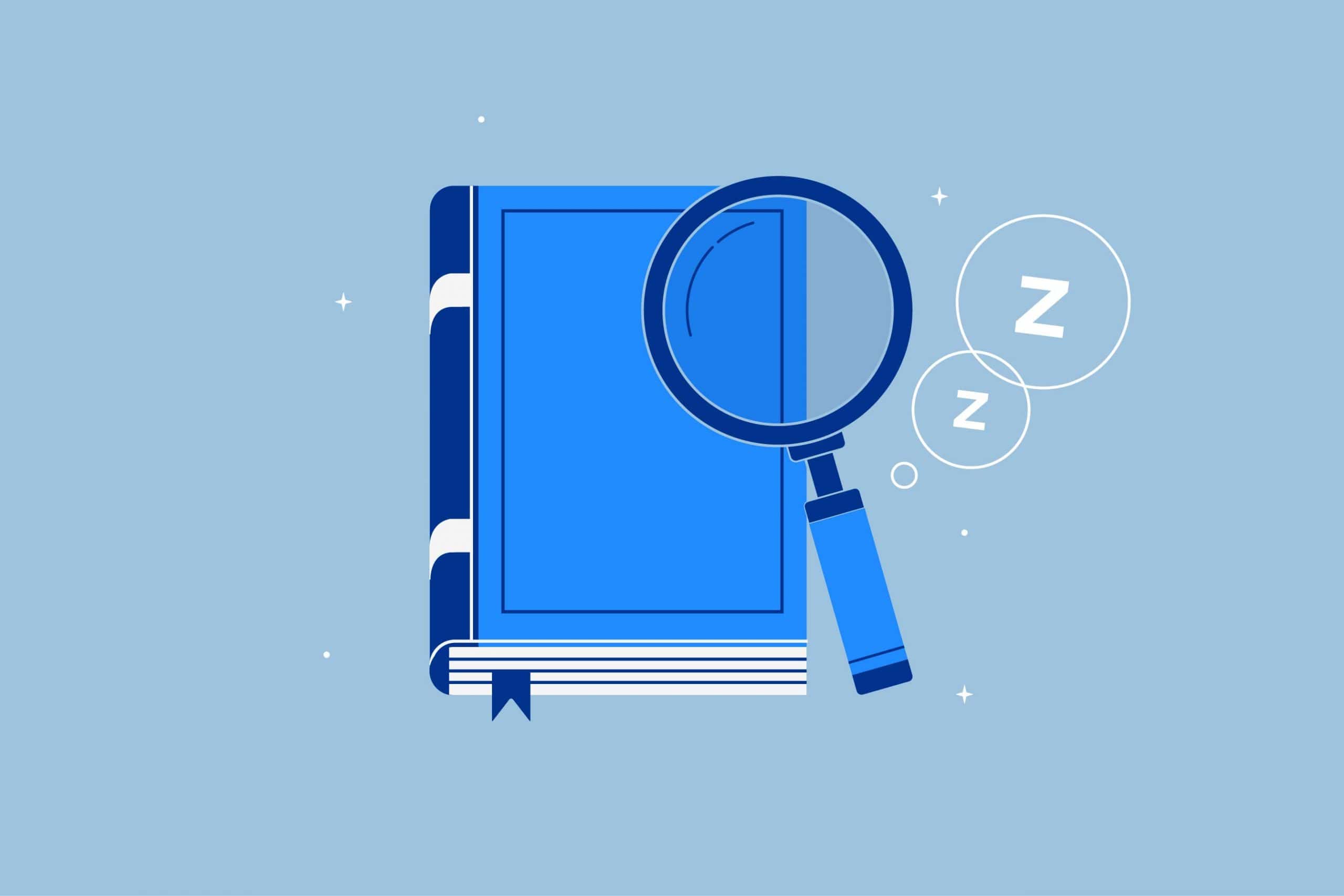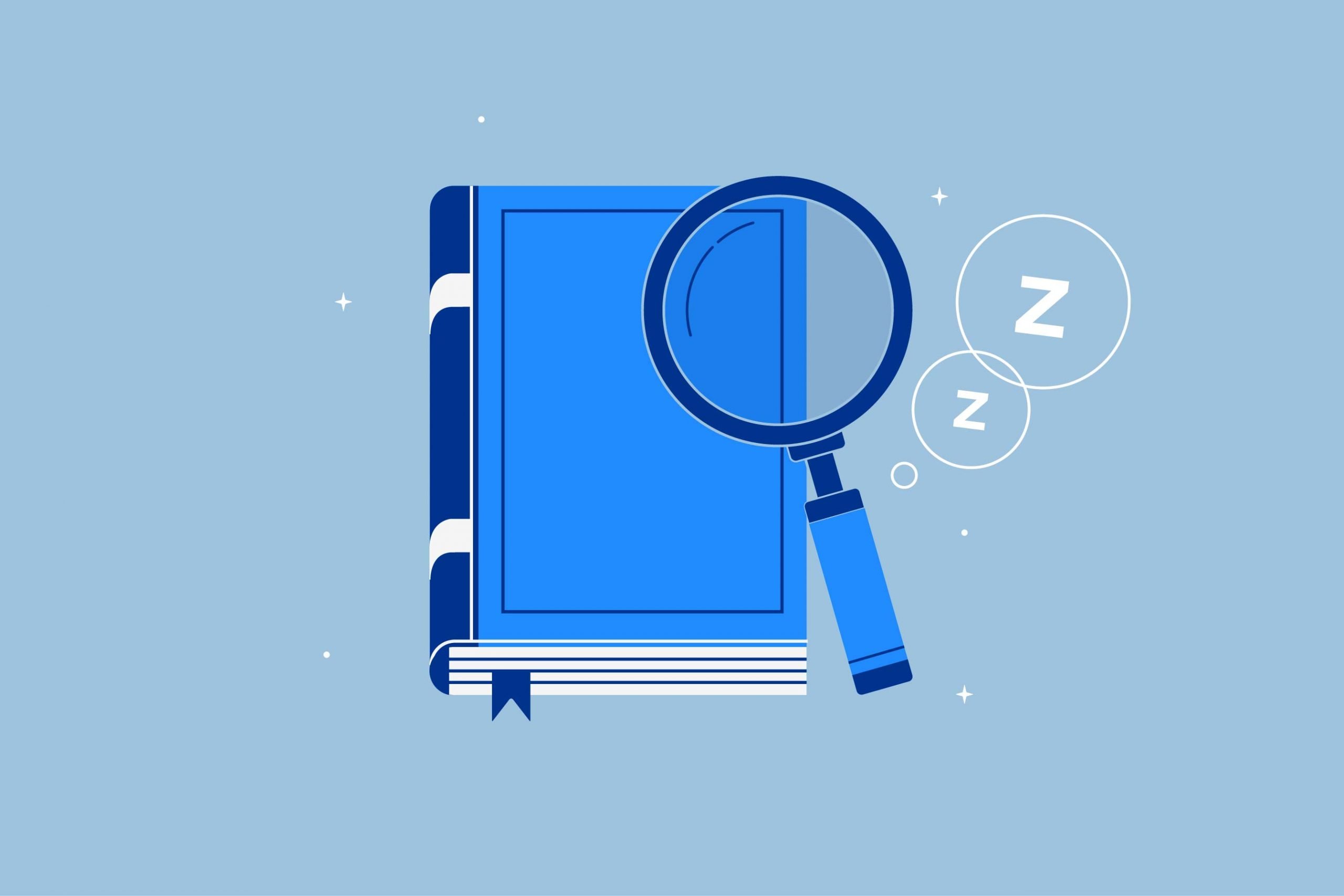Key Takeaways
- What Are Sleep Studies For: To diagnose sleep disorders like OSA, doctors traditionally perform in-lab sleep studies called polysomnography. However, Home Sleep Tests (HSTs) are a more convenient and cost-effective alternative for high-risk individuals.
- What Is a Home Sleep Study: HSTs are self-administered sleep studies that measure breathing, airflow, and heart rate while you sleep. They can be conducted at home and are more comfortable than in-lab tests. However, HSTs may have limitations in detecting other sleep disorders and may not be suitable for everyone.
- Benefits of Home Sleep Studies: HSTs are particularly beneficial for individuals who may find in-lab sleep studies challenging due to factors like the “first-night effect” in unfamiliar environments, mobility issues, or distance from sleep centers. HSTs can provide more comfortable testing conditions, increasing the likelihood of obtaining accurate sleep data for those who need it.
If you consistently wake up with a headache, dry mouth, excessive daytime sleepiness, or lingering fatigue, you may have obstructive sleep apnea (OSA). Obstructive sleep apnea is a sleep disorder characterized by loud snoring and constant (but brief) episodes of obstructed breathing. The disorder affects over 25 million Americans and puts them at risk of high blood pressure, stroke, cognitive impairment, and central nervous system damage.
To diagnose sleep disorders like OSA, doctors must perform an in-lab sleep study, also called a polysomnography. During polysomnography, the patient spends the night at a sleep center while doctors monitor them. However, sleep studies can now be conducted at home using a Home Sleep Test (HST).
Home Sleep Tests are self-administered sleep studies used to measure your breathing, airflow, and heart rate while you are asleep. Patients conduct the test themselves before returning the data to their doctor. Patients who are at high risk for sleep apnea may find HSTs to be a convenient and helpful alternative to the more intensive polysomnography of other sleep apnea tests.
The Testing Process
Home Sleep Tests are not available over the counter. Your doctor must prescribe one in order for you to receive the equipment and instructions to conduct it. HSTs are self-administered, so no doctors or technicians come to your home while you complete them.
Your HST comes with instructions, a monitor for your wrist, a pulse meter for your finger, an airflow sensor to put under your nose, and a sensor to attach to your chest. Some newer home sleep studies are completed on mobile apps, so you won’t have to mail in your results to your physician.
The tests are available in slightly different forms. There are single-use disposable tests or reusable equipment you receive from the sleep center, either by pick-up or mail.
With non-disposable equipment, you must return it after your test is complete, either through mail or drop-off. Single-use tests are arguably a bit more hygienic than reusable equipment, and they’re more convenient since they can be tossed post-testing.
The Day of Your Test
Prior to your at-home test, discuss any medications you are taking with your doctor to see whether or not you should continue to take them the day of testing. When the day of your test comes, try your best to:
Before bed, follow the test’s instructions and attach the monitors to your body. Afterward, sleep as normal. In the morning, remove the monitors, dispose of or return them, and then send the results to your doctor.
Benefits of Home Sleep Studies
Home sleep studies may appeal to you for the following reasons:
- Reduces “first-night effect”: The “first-night effect” is a phenomenon in polysomnography where patients experience reduced sleep quality. When in an anxiety-inducing environment such as a lab, where you’re hooked up to multiple machines and sensors, it can be difficult to relax and sleep as normal. However, at home, you’re in a comfortable and familiar environment, so you’re more likely to sleep naturally.
- Good for homebound people: For individuals who are elderly, disabled, or have chronic illnesses, going to a lab to be tested on can be difficult and out of the question. At home, individuals can conduct the test with the help of a family member or an in-home nurse.
- Cheaper than in-lab studies: HSTs start at around $250 per test, while in-lab polysomnography is around $1300. Given their lower cost, HSTs are more accessible.
- Convenient: If sleep centers or labs are far away from you, taking a test at home is easier.
Drawbacks of Home Sleep Studies
Although home sleep studies can be useful, they also fall short in several ways:
- Results are not detailed: HSTs only measure your breathing, while in-lab tests record factors such as airflow, blood oxygen level, heart rate, and brainwaves. In-lab tests also detect more than 80 sleep disorders, while HSTs only detect sleep apnea. Also, HST results may show false negatives or be inconclusive. When that happens, your physician may recommend taking an additional sleep test.
- A wider margin of error: Self-administered tests may not be as accurate as those completed by a physician as there’s also a slim possibility you may not attach your monitors correctly. For instance, the device on your finger may come off at night and nobody can replace it, impairing the results.
- Home Sleep Tests only identify severe sleep apnea: HST tests are best for patients at moderate to high risk for severe sleep apnea, while in-lab sleep studies can diagnose mild to moderate sleep apnea. Additionally, HST tests are not approved for patients with pre-existing conditions, such as other sleep disorders, lung disease, or hypoventilation.
While home sleep tests can be useful for diagnosing obstructive sleep apnea (OSA), they are generally less effective for diagnosing central sleep apnea (CSA). Home sleep tests are typically designed to monitor basic parameters such as airflow, respiratory effort, oxygen saturation, and heart rate, and are more suited to detecting OSA, which involves physical obstruction of the airway.
CSA, however, involves a failure of the central respiratory centers in the brain to appropriately regulate breathing. This failure often requires more comprehensive monitoring that may be better achieved in a sleep laboratory with polysomnography (PSG).
PSG involves a more detailed assessment of various physiological parameters and allows for a more accurate diagnosis of central sleep apnea or obstructive sleep apnea by capturing central apneas and hypopneas.
FAQs
How long does a home sleep study last?
Home sleep studies are conducted over one evening. Turn the sensors on before sleeping at your regular bedtime and then remove them upon waking. In a lab, patients typically begin testing between 8 to 11 pm and leave around 6 to 9 am so they can sleep for between seven to nine hours.
How many apneas per hour is severe?
Sleep apnea is measured by the apnea-hypopnea index (AHI), or the number of breathing interruptions you experience per hour while sleeping. Anything less than 5 episodes is normal, 5 to 15 is mild, 15 to 30 is moderate, and 30 or more is severe.
What sleep position is best for sleep apnea?
Sleeping on your side has been shown Verified Source National Library of Medicine (NIH) World’s largest medical library, making biomedical data and information more accessible. View source to improve sleep apnea because your airways will be less compressed. By far, sleeping on your back is the worst sleep position if you have sleep apnea because gravity causes your tongue and soft palate to relax and rest in the back of your throat, blocking your airways.
Are sleep studies covered by insurance?
For the most part, yes, insurance will cover sleep studies. Some plans may require you to take a Home Sleep Test prior to insuring an in-lab test. Additionally, they may request you complete a STOP-BANG test prior to insuring any sleep studies.
A STOP-BANG test is used to diagnose sleep apnea. It asks 8 questions, and some insurance policies require you to answer yes to 5 or more to be considered high-risk. The questions are:
- Do you Snore loudly?
- Do you often feel Tired, fatigued, or sleepy during the day?
- Has anyone Observed you stop breathing, choke, or gasp during your sleep?
- Do you have or are being treated for high blood Pressure?
- Is your BMI higher than 35?
- Is your Age older than 50?
- Is your Neck circumference larger than 16 inches?
- What is your Gender?
What happens if sleep apnea is left untreated?
If left untreated, obstructive sleep apnea may lead to cardiovascular diseases, emotional and memory issues, high blood pressure, weight gain, and reduced cognitive function. It may also cause cardiac arrest or stroke. Sleep impairment from untreated sleep apnea is also associated with an increased risk of motor vehicle accidents. Verified Source American Academy of Sleep Medicine Society focused on sleep medicine and disorders, and the AASM is who authorizes U.S. sleep medicine facilities. View source
However, obstructive sleep apnea is treatable and these potential issues can all be avoided.
Conclusion
Home Sleep Tests are a more accessible alternative to in-lab polysomnography, both due to their price and convenience. However, the tests are best suited for high-risk cases. If you worry you have severe sleep apnea, discuss a Home Sleep Test with your doctor to see if you are a candidate. Although poor sleep quality can affect everyone, there are solutions, so you don’t have to suffer forever.
Dr. Nayantara Santhi advises, “Sleep is as important for your physical and mental well-being as diet and exercise. Sleep Apnea is one of the leading factors contributing to poor sleep. Getting an accurate diagnosis, whether using at home or laboratory based approach, is the first step towards an effective treatment.”
About the author
Geoff McKinnen is a writer focusing mainly on the healthcare industry and has written articles on everything from foods to help you lose weight to the connection between Alzheimer’s and sleep. Geoff’s passionate about helping readers improve their well-being to lead happier lives. Outside of work, Geoff enjoys cycling and hiking and believes that by leading a healthy lifestyle, he can help others do the same.
View all posts





